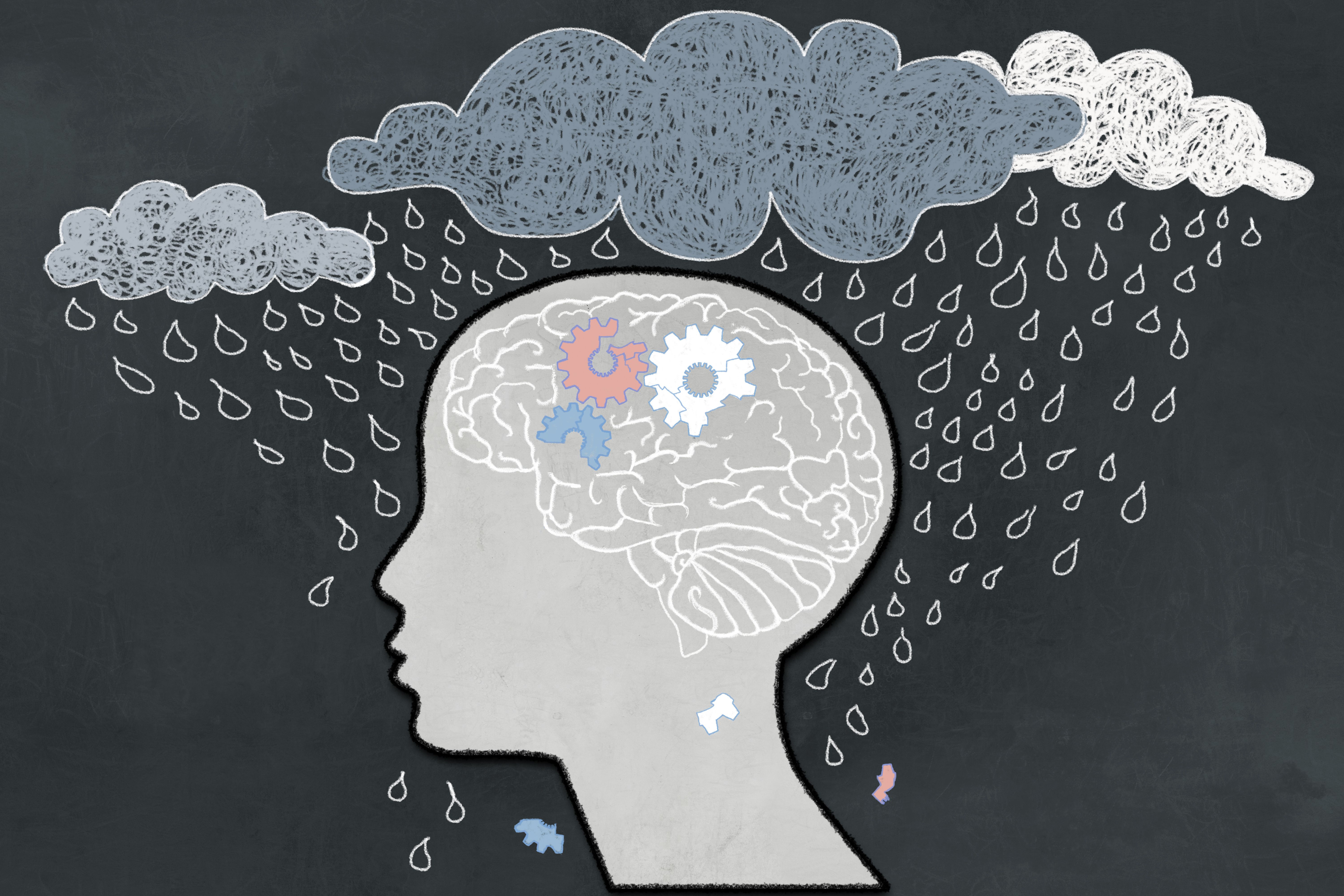Article
DSM-5 and Diagnostic Inflation: Reply to the DSM-5 Task Force
Author(s):
My biggest concern regarding DSM-5 is that it will dramatically increase the rates of mental disorder by cheapening the currency of psychiatric diagnosis . . .The whole purpose of field-testing is to identify and correct problems in the preliminary DSM suggestions before they become set in stone as official guides to diagnostic practice.
My biggest concern regarding DSM-5 is that it will dramatically increase the rates of mental disorder by cheapening the currency of psychiatric diagnosis-arbitrarily and carelessly reducing thresholds for existing disorders and introducing new disorders with high prevalence. This would create millions of newly mislabeled “patients,” resulting in unnecessary and potentially harmful treatment, stigma, and wasteful misallocation of scarce resources.
In a recent commentary in the American Journal of Psychiatry,1 the DSM-5 leadership defend their opposite position-stating that they are indifferent to the manual’s impact on rates and justifying this on the grounds that no one knows for sure what the true or optimal rates should be. In a previous Psychiatric Times blog, I responded to this indifference and chided the Task Force for ignoring the real world unintended consequences that will follow their dramatically raising the prevalence rates of many of the mental disorders.
The Task Force has come back with the following Q&A2 which popped up at the APA Web site, apparently in response to my warnings about diagnostic inflation.
Q: Was prevalence estimated in the DSM-5 Field Trials?
A: The prevalence of every target diagnosis evaluated in the field trial was estimated.
Q: Will the prevalence of DSM-5 disorders be very much higher than the prevalence of DSM-IV disorders?
A: In general, the prevalence rates of the diagnoses evaluated in the Field Trials are slightly lower than DSM-IV prevalence rates.
The wording is remarkably misleading. Note that the DSM-IV rates in the field trial were “estimated” by chart review, but that the DSM-5 rates were “evaluated” by systematic interview. This results in a totally meaningless comparison of apples and oranges. The DSM-IV and DSM-5 rates should have been systematically compared (as is customary) using common data gathered in the field trial diagnostic interviews. This is absolutely standard research operating procedure-always compare apples to apples, don’t switch assessment methods. It is beyond understanding why this simple step was omitted in the DSM-5 field trials and why chart diagnosis is offered now as a lame substitute.
The Q&A prediction that DSM-5 prevalence rates will be lower than DSM-IV is wrong, impossible, even laughable. It is obvious that most changes suggested for DSM-5 will increase prevalence rates above those in DSM-IV, often quite dramatically. The DSM-5 team should know better than to claim otherwise. I am not sure which interpretation is worse-that DSM-5 is being deliberately misleading or that DSM-5 is terminally self-deluding. Either way, its failure to measure comparative prevalence in the field trial is an unaccountable error and its failure to reckon the risky consequences of the DSM-5 proposals is just plain reckless.
As I first pointed out before the DSM-5 field trials began, the proper design should have included:
1. For existing disorders-ratings of DSM-IV, ICD-10, and DSM-5 criteria items to allow comparison of rates across the 3 systems.
2. For new disorders-sampling their likely rates in general psychiatric settings, in primary care, and (by telephone) in the general population.
The academic centers that were selected for DSM-5 field-testing are ivory towers that don’t generalize well to the real world. Indeed, most psychiatric diagnosis and medication treatments are now done by primary care doctors and the impact of DSM-5 must be tested where it will most be used.
The whole purpose of field-testing is to identify and correct problems in the preliminary DSM suggestions before they become set in stone as official guides to diagnostic practice. The design of DSM-5 field trial unaccountably left out the most important question (its impact in rates) and the most important settings (routine clinical practice). The DSM-5 leadership now provides a fudged, incorrect, and belated reply to the risks of diagnostic inflation-don’t worry, it won’t happen. Such willful blindness is a sure prescription for bad surprises. Unless corrected before publication, DSM-5 will inflict many and serious unintended consequences.
References1. Kraemer HC, Kupfer DJ, Clarke DE, et al. DSM-5: How Reliable Is Reliable Enough?Am J Psychiatry. 2012;169:13-15.
2. American Psychiatric Association DSM-5 Development. Q&A on DSM-5 prevalence and reliability. http://www.dsm5.org/Documents/QA_Reliability_and_Prevalence_in_DSM-5_Field_Trials.pdf. Accessed January 23, 2012.





